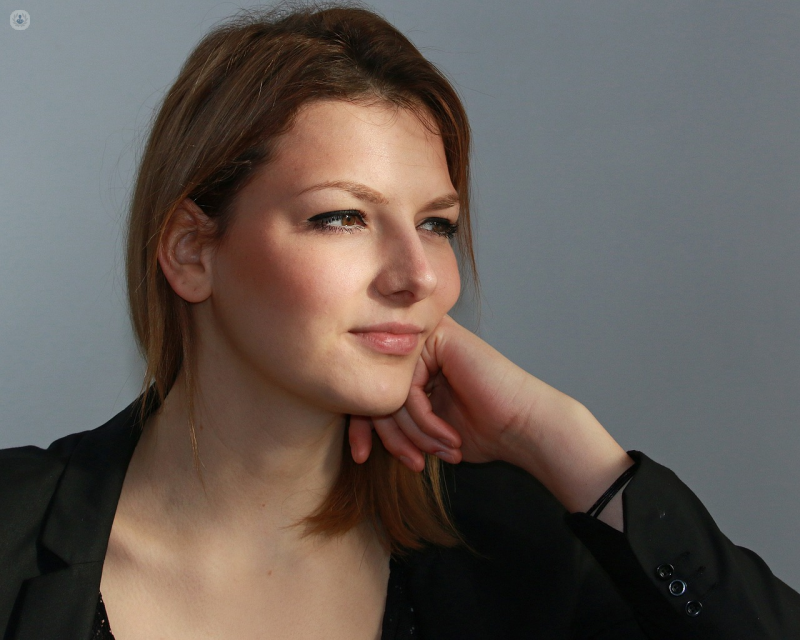


What are the parotid glands?
There are three main pairs of salivary glands that produce and release saliva into the mouth: the submandibular glands, the sublingual salivary glands and the parotid glands. The parotid glands are responsible for secreting saliva into the mouth to start the process of digestion.

What is parotid surgery and why is it performed?
Parotid gland surgery, also known as a parotidectomy, is an operation to remove tumours that grow in the parotid gland. It is estimated that more than 70% of these tumours are benign (non-cancerous), but any lumps detected should be analysed.
There are different variations of this surgery, which are performed according to the type, size and location of the tumour. The most common interventions are superficial parotidectomy and total parotidectomy. A key part of these procedures is to preserve the facial nerve to avoid complications of facial paralysis.
Are the salivary glands affected by any other pathologies?
The salivary glands may also be affected by other pathologies, the most common of which are:
- Sialolithiasis - a blockage of the salivary gland by calcium stones, which prevents the release of saliva, thus causing inflammation of the affected salivary gland.
- Sialadenitis - an infection of the salivary glands. It may be the result of sialolithiasis or be caused by a virus or bacteria.
Are there any complications after parotid gland surgery?
The parotid is a soft gland, not very palpable under normal conditions, that occupies the space between the jaw and ears. When the parotid is removed, it leaves a hollow area between the jaw and the sternocleidomastoid muscle that may be quite evident.
To resolve this problem, once the gland has been removed, we reconstruct the defect with an SMAS flap. This consists of covering over the area by tightening the fascia that covers the parotid gland and the platysma muscle of the neck. This technique can be used in most cases, except in patients with malignant tumours.
The incision typically made in this procedure leaves a visible scar on the neck. However, there is another, more aesthetic, type of incision. This is made behind the ear, hidden in the hair, and is practically invisible after a few months.